Need help: mushroom manure
vacox
12 years ago
Related Stories

GARDENING GUIDESThe Poop Scoop: Enrich Your Soil With Good Old Manure
Get over the ick factor already — this natural super-ingredient for soil has so many benefits, you'll wonder why you ever went chemical
Full Story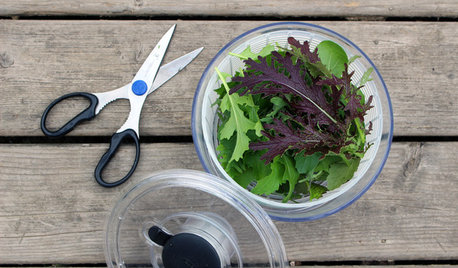
FARM YOUR YARDThe 8 Tools That Help Bring the Farm to Your Table
Vegetable gardeners get a big assist from these essential helpers
Full Story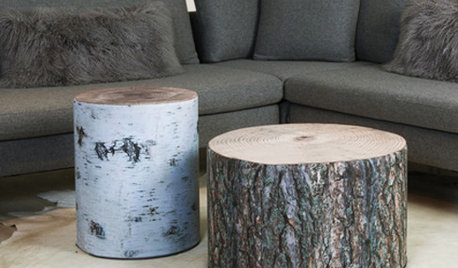
PRODUCT PICKSGuest Picks: Woodland Friends Roam Through Decor
Fake a forest in your foyer — or living room or bedroom — with fox, mushroom and faux-bois accents
Full Story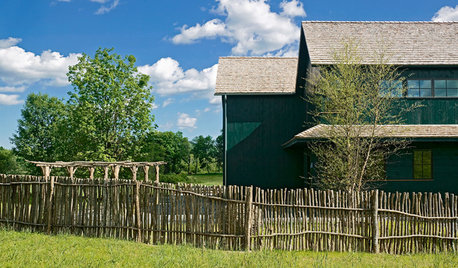
FARMHOUSESHouzz Tour: Minimalism in a Pastoral Mood
Local materials help a Connecticut farmhouse look right at home, while its simplicity fits the owners’ aesthetic
Full Story
CONTAINER GARDENSContainer Gardening Basics: The Dirt on Soil
Learn the types of potting soil available and the best mixes to help your containers thrive
Full Story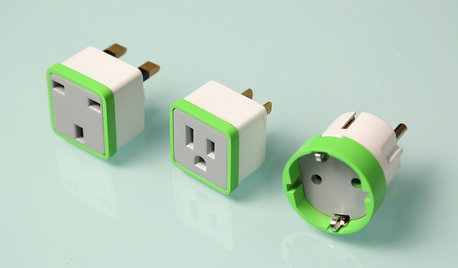
HOME TECHPlug Into Home Power Monitors That Pay for Themselves
Stop throwing away money on wasted electricity with help from new monitors that work with your phone or computer
Full Story
EDIBLE GARDENSNatural Ways to Get Rid of Weeds in Your Garden
Use these techniques to help prevent the spread of weeds and to learn about your soil
Full Story
GARDENING GUIDESHow to Keep Your Citrus Trees Well Fed and Healthy
Ripe for some citrus fertilizer know-how? This mini guide will help your lemon, orange and grapefruit trees flourish
Full Story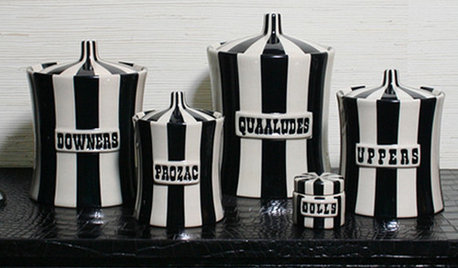
DECORATING GUIDESPlayful Decor to Put a Home in Good Humor
Something's funny around here. These cheeky decor, art and architectural elements can't help but bring a smile
Full Story
EARTH DAYGrow a Beautiful Garden With Ecofriendly Greywater
Reducing home water waste means lower bills and a healthier planet. Here's how to set up a greywater home irrigation system that can help
Full StorySponsored






mainegrower
vacoxOriginal Author
Related Professionals
Carson Landscape Architects & Landscape Designers · Fillmore Landscape Architects & Landscape Designers · Fitchburg Landscape Architects & Landscape Designers · Brooklyn Center Landscape Architects & Landscape Designers · McKinney Landscape Contractors · Concord Landscape Contractors · Fort Payne Landscape Contractors · Lancaster Landscape Contractors · Mason Landscape Contractors · New Cassel Landscape Contractors · Oxnard Landscape Contractors · Pleasanton Landscape Contractors · Welby Landscape Contractors · Weslaco Landscape Contractors · 07920 Landscape Contractorsrhodyman
morz8 - Washington Coast